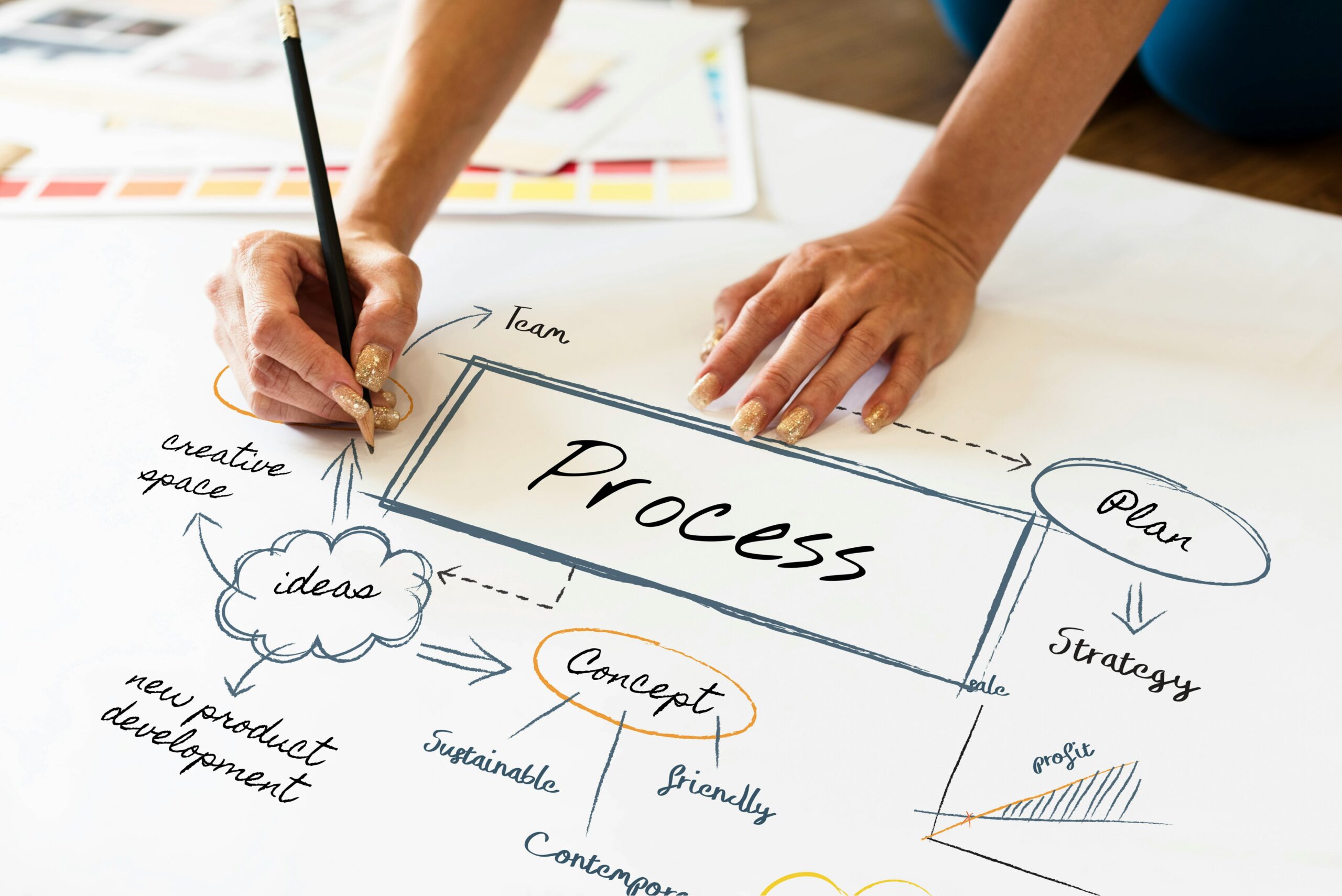
Problem-solving is an essential skill that can impact all areas of life. Whether in personal relationships or the workplace, the ability to solve problems effectively determines how well we can navigate challenges. While some people seem naturally adept at finding solutions, it is a skill that can be developed with practice and the right approach. By mastering solving, individuals can improve decision-making, boost creativity, and build confidence in tackling any obstacle.
Defining the Problem Clearly
The first step in effective problem-solving is understanding the problem itself. Often, people rush to find solutions without fully grasping the issue, leading to incomplete or ineffective resolutions. Taking the time to define the problem is critical for success. This involves identifying the root cause, gathering relevant information, and considering how the issue affects the situation.
Once the problem is defined, it is helpful to break it down into smaller, manageable parts. This makes it easier to tackle each component individually and ensures that no aspect of the issue is overlooked. Clarifying the problem helps find more targeted solutions and prevents wasting time addressing symptoms rather than the actual cause. A well-defined problem sets the foundation for the rest of the it process.
Brainstorming Potential Solutions
After defining the problem, the next step is to brainstorm possible solutions. This involves generating as many ideas as possible without worrying whether they are practical or achievable. Brainstorming encourages creative thinking and allows for out-of-the-box ideas that might not have been considered otherwise. It’s essential to be open to all possibilities during this stage, as even unlikely solutions can spark more refined ideas later on.
Collaborating during brainstorming can enhance the process by bringing in diverse perspectives. Different viewpoints can introduce new ways of thinking and help generate more innovative solutions. Once various ideas have been listed, the next step is to evaluate each to determine its feasibility, effectiveness, and potential outcomes.
Evaluating and Selecting the Best Solution
Not all solutions are created equal, and after brainstorming, it’s important to evaluate each option carefully. Consider each idea’s pros and cons, considering the resources available, potential risks, and the likelihood of success. This step requires critical thinking to assess which solution is most practical and effective in resolving the problem.
In addition to feasibility, it’s important to consider the chosen solution’s long-term impact. Will it address the problem permanently, or is it a temporary fix? Evaluating the solutions thoroughly before taking action ensures that the chosen approach will have the desired outcome. By carefully selecting the best option, you increase the chances of successfully solving the problem while minimizing potential negative consequences.
Implementing the Solution
Once the best solution has been selected, implementation is next. This involves developing an action plan that outlines the necessary steps, resources, and timelines to ensure smooth execution. Breaking the implementation process into smaller tasks can make it more manageable and help track progress.
It’s important to communicate the plan clearly with everyone involved and ensure that all parties understand their roles and responsibilities. Effective implementation requires coordination and accountability. During this phase, it’s also essential to stay flexible—if unforeseen challenges arise, adjustments may be necessary to keep things on track. Successfully implementing the solution is often the most rewarding part of problem-solving, but it requires focus and persistence to see it through.
Monitoring and Adjusting as Needed
Even after a solution is implemented, the problem-solving process is still ongoing. Monitoring the results is critical to determine whether the solution works as expected. This involves collecting feedback, analyzing the outcomes, and comparing them to the original goals. Sometimes, the chosen solution may not fully resolve the problem, or new issues may arise due to the changes made.
When this happens, it’s essential to make adjustments as needed. It is often an iterative process, requiring flexibility and a willingness to revisit previous steps. Regularly evaluating the solution’s effectiveness helps identify shortcomings early on, allowing quick modifications to prevent further issues. Adapting and refining the approach is key to achieving long-term success.
Building Confidence
One of the greatest benefits of mastering problem-solving is the confidence it builds. As individuals become more proficient at analyzing challenges, generating solutions, and implementing them effectively, they develop a sense of empowerment. This confidence extends beyond solving problems—it enhances decision-making abilities, increases resilience in the face of setbacks, and fosters a proactive mindset in handling future challenges.
It skills also enhance creativity and innovation. By regularly tackling problems differently, individuals learn to approach situations from various angles and find solutions that others might overlook. This creativity can be applied in all areas of life, from work projects to personal goals, making it an invaluable tool for success and growth.
Mastering the art of problem-solving is a vital skill that can transform how individuals approach challenges in all aspects of life. Individuals can navigate obstacles more effectively by clearly defining the problem, brainstorming potential solutions, evaluating options, implementing the chosen solution, and monitoring the results. Developing these skills improves outcomes and fosters creativity, resilience, and confidence in decision-making. In a world where challenges are inevitable, the ability to solve problems effectively is an essential tool for personal and professional success.